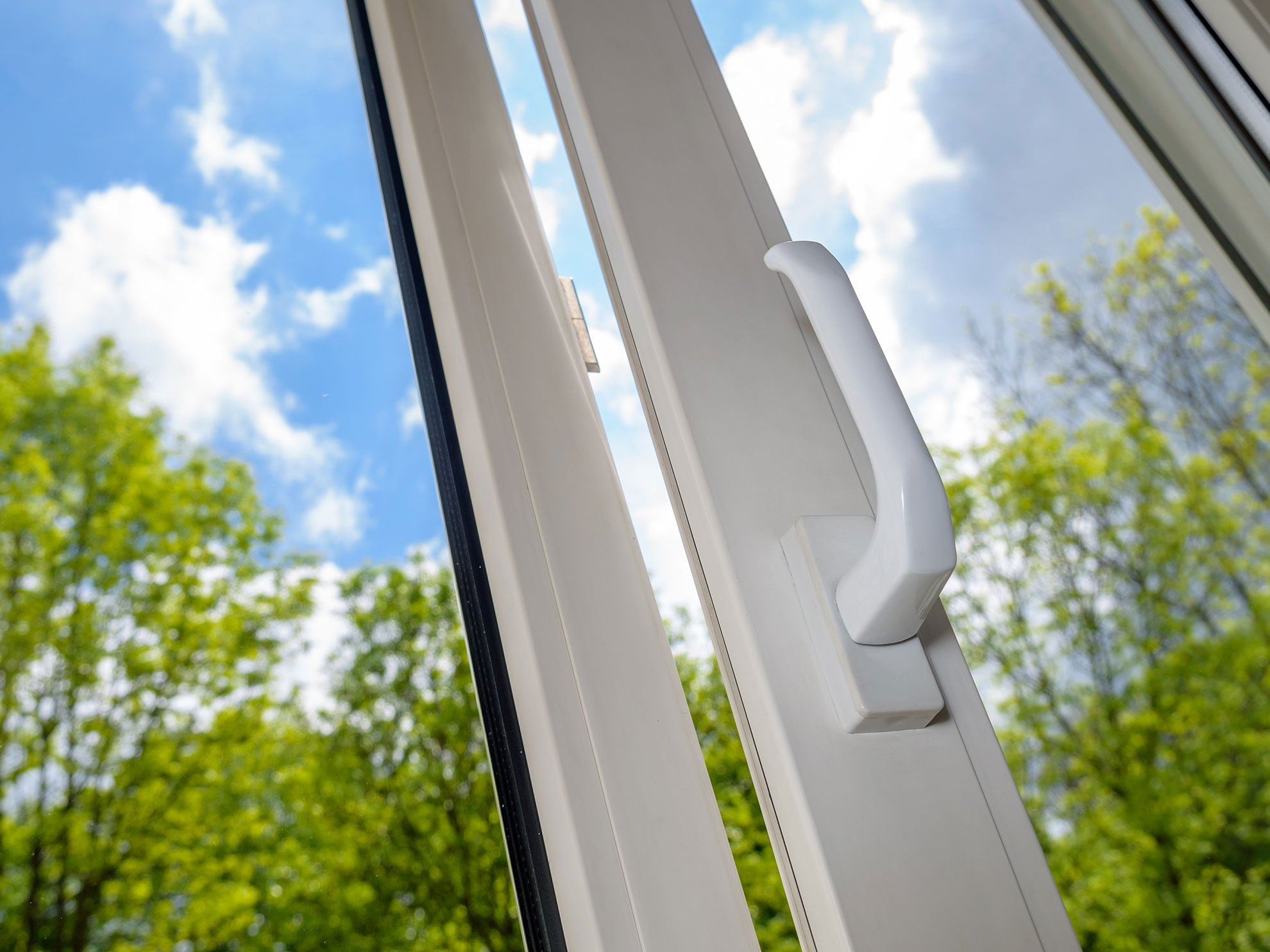Masks always worn to cover the nose, mouth and chin. Frequent hand washing, possibly with the use of special disinfectant gels. Finally, obviously, keeping six feet apart from other people. These are the main measures that, since the beginning of the health emergency, have been recommended and implemented to reduce infections to a minimum. And, without a shadow of a doubt, these behaviors have significantly contributed – before and after lock down – to containing the transmission of Covid-19. But are they really sufficient measures? Not really, or at least not totally. Already with report no. 5/2020 of 23 March 2020 the Italian National Institute of Health, in fact, emphasized the great importance of indoor air quality, explaining how it was necessary to “promote processes that make it possible to acquire health prevention behaviors and measures” such as working to “Improve indoor air quality”. And the discussion on indoor air quality for the prevention of Corona virus has returned to the forefront in recent weeks, in relation to school reopening.
The real issue is indoor air quality
The Italian Society of Environmental Medicine (Sima) focuses on indoor air quality, taking a specific stance in the discussion on the school reopening. As recently explained by Sima president Alessandro Miani, “the discussion on desks and the legal liability of school principals has overshadowed the real issue at the basis of safe school reopening. The real point to be addressed is how to ensure optimal air quality in the classroom both from a chemical-physical and microbiological point of view (absence of viruses).” In order to achieve a high degree of air quality, in order to make the indoor environment healthy and safe, it is necessary to ensure frequent total air circulation, as well as invest “in technologies for controlled mechanical ventilation (VMC) with air filtration inlet and with the purification of indoor air, thanks to devices capable of eliminating viruses and particles down to 0.1 micron”. According to Miani, there is no doubt: single-seater desks spaced 6 feet apart are not enough. And to emphasize this, the Sima President stresses, among others, that the limit recommended by the WHO would actually be 12 feet while other researchers would indicate a minimum distance of 24 feet.
Monitor indoor air in real time
As reported by Sima, a child of about 10 sitting at a school desk emits about 14 liters of carbon dioxide per hour; a teenager instead reaches 27 liters per hour. It is therefore clear that the problem of stale air is real, and that complete and frequent air circulation in the classroom as well as in normal work spaces, becomes essential: in fact, the presence of only one virus carrier can be decisive in these closed contexts, regardless of the 6-foot distance. Schools, offices, warehouses, health facilities, laboratories, all these activities are required to monitor indoor air quality in real time in order to have accurate data on environmental parameters. We can only claim to guarantee a high level of safety in enclosed environments by using hardware and software solutions for measuring indoor air quality, coupled with technologies capable of filtering and purifying air.




